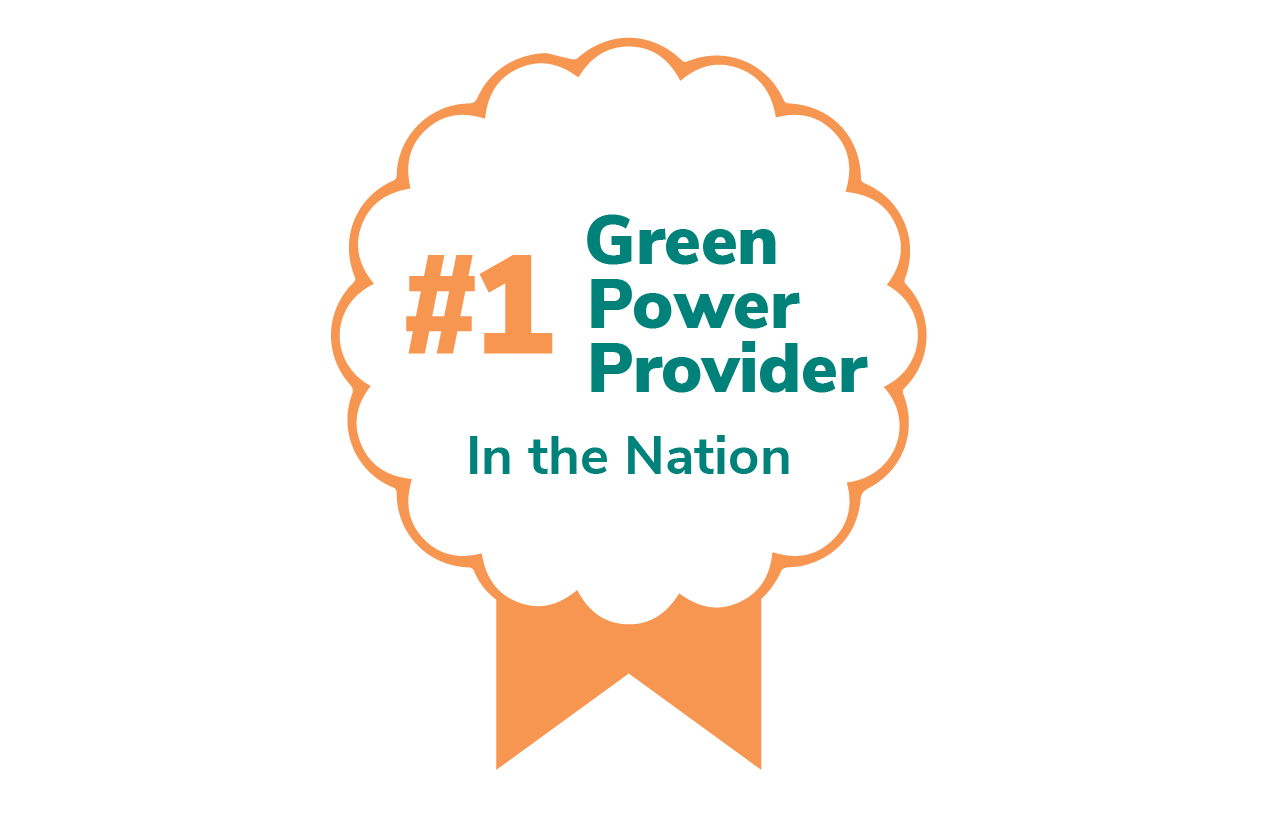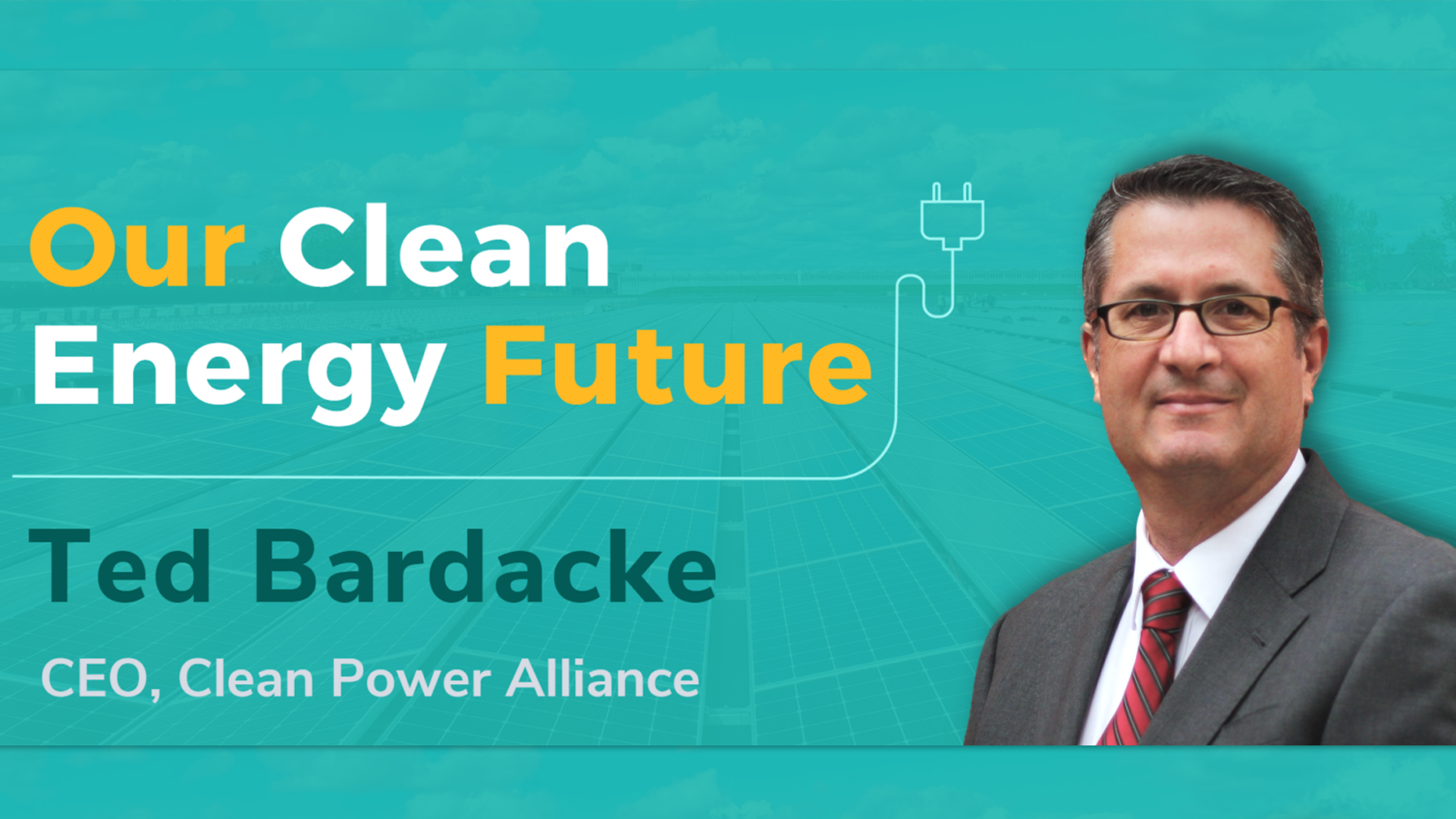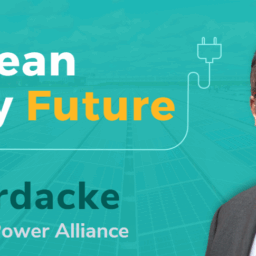I’m a planner. Not just in my emotional makeup but through formal training and past membership in the American Institute of Certified Planners for about a decade. I’m a big fan of planning and the inspirational value of big plans. As Daniel Burnham, one of the country’s foremost planners from the early 20th Century, once exhorted: “Make no little plans.”
Plans guide and inspire. But they are often juxtaposed against the perceived mundaneness of implementation. A plan can be crisp and neat. Implementation is messy, fraught with setbacks, and inevitably studded with compromise. But without implementation, plans often stay just that – words and pictures, numbers and values, and sentiments and hopes that we can only wish into being.
The reports out of the latest Climate Change gathering in Dubai – officially the 28th United Nations Climate Change Conference, or COP28 – present a jumble of both plans and implementation. The debates about the plans, particularly the nuance between phasing out fossil fuels versus phasing out “unabated” fossil fuels versus the final plan to “transition away” from fossil fuels are no less esoteric as they are important. And the worldwide implementation examples of climate action across so many economic sectors showcased in Dubai continue to grow and inspire.
Unfortunately, despite all the grand plans, the messiness of implementation persists. Wade Crowfoot, California’s Secretary of Natural Resources, among whose impressive traits is his ability to think and speak clearly, summed it up from Dubai: “We face an implementation crisis.”
I agree and say this despite the formidable year Clean Power Alliance has had in 2023. We were number one in the National Renewable Energy Laboratory’s annual ranking of green energy suppliers. There are hundreds of new publicly available electric vehicle chargers across Southern California because of our efforts. We brought another 153 MW of battery energy storage online (adding to the 382 MW deployed in previous years) to help increase grid reliability. We continue to train and employ young people in the renewable energy industry, through our workforce development programs and project labor agreements with building trade unions.
We even refreshed our plan for local programs, which will expand in 2024 to include additional assistance for our local government members and incentives to install home batteries for our customers with solar panels.
So, what’s the implementation crisis? For CPA and its partner renewable energy developers, it’s the continuing challenge to our ability to build new energy projects as fast as our customers demand and as fast as our planet requires. The slack in the California electricity system, consisting of easy to develop project locations, available transmission, and renewable energy supply from other states, has been taken out. The success of our plans to partially decarbonize, including the adoption of clean energy goals by other states and new project development outpacing the construction of new transmission, has now led to unforeseen challenges to the plans to fully decarbonize.
And the state’s new reliability system, with massive amounts of batteries and a Strategic Electricity Reliability Reserve controlled by the state government, has yet to be tested by the extreme heat we know will be coming, sooner rather than later.
Do we despair at this predicament? Absolutely not. We usually figure things out, just not the way we originally planned. It’s why the best plans these days are usually designed with resilience to unexpected changes in mind and build a foundation around adaptation rather than rigid structures.
Burnham himself recognized this too as his full (too-long-for-a-soundbite) cry for big plans contained a strong nod towards unpredictable implementation.
“Make big plans; aim high in hope and work, remembering that a noble, logical diagram once recorded will never die, but long after we are gone will be a living thing, asserting itself with ever-growing insistency.”




